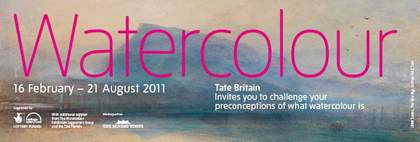Artists over the centuries have painted flowers for several reasons. Some of the earliest were produced to illustrate the herbals - first manuscripts and later printed books that enabled people to identify the plants they needed as food or medicines. Their pictures were formal, almost diagrammatic, but they served their purpose well. In Holland during the seventeenth century artists depicted flowers in a very different way. They revelled in realism. They delineated every hair on a stem, every glistening dewdrop on a leaf, every spot of decay. For them, it seems, this was a way of showing off their extraordinary painterly skills.
But Alexander Marshal, an Englishman who was painting at around the same time, had quite different motives. His pictures were not intended to serve as identification guides or catalogues. Nor did he use them to demonstrate his skills. How can we know that? Because he declined to show them to the world at large. He revealed them only to his close friends.
Marshal had private means. He collected natural history objects, particularly insects. And he was a devoted gardener. In his time, great numbers of new species of flowering plants were arriving in Britain, not only from Europe, but also from the recently discovered Americas, and Marshal had a hand in importing them and supplying them to the great gardens of the country. And he painted them. Some of his sheets of drawings show garden plants arranged in ordered rows. Others, rather less formal, illustrate flowers from the countryside. And among them, drawn to a different scale but with an equal care, are pictures of his insects - a dragonfly, a caterpillar, a stag beetle - and his pets: a greyhound, an African parrot which he shows several times, gaudy macaws and a marmoset from South America.
He worked relatively slowly. At the end of his life, after 30 years of painting, he had accumulated only 159 sheets. People who knew of them tried to buy them, but he refused all offers. After his death his “florilegium”, as he called it, remained in his family for several generations. It is now in the Royal Collection. They still seem like private documents, un-showy and modest, yet close to perfection. If he did not paint his pictures to scale, nor to serve as a key to identification, nor even to demonstrate his ability to others, why did he paint? As you look at them, and delight in the skill with which he records every curl and contour of a petal and the way he mixes his flowers with other objects that he held dear, his motive, surely, cannot be in doubt.
Alexander Marshal painted for love.
David Attenborough is a broadcaster and naturalist. His documentary Frozen Planet will be on BBC One in the autumn.

